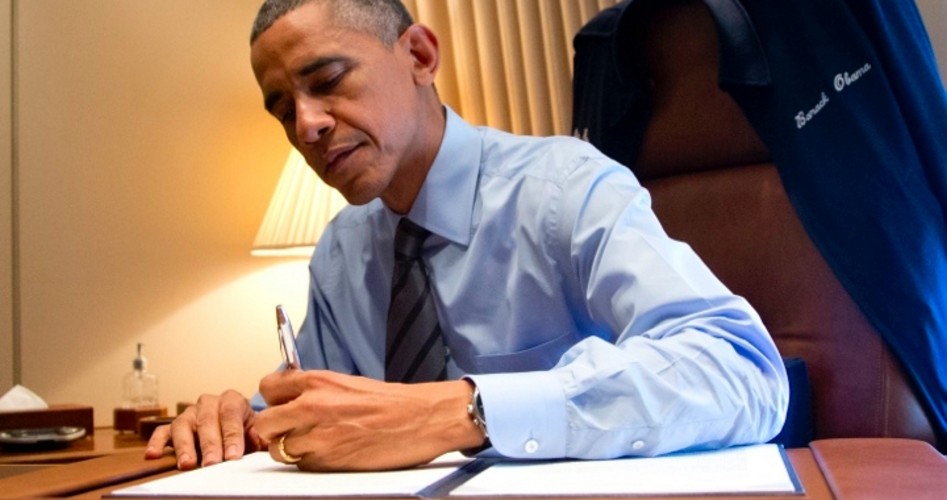
Bush and President Bill Clinton did," said Jay Carney, then the White House press secretary, in February.Ĭarney, while critical of Bush's executive actions, also said it wasn't the number of executive actions that was important but rather "the quality and the type." "There is no question that this president has been judicious in his use of executive action, executive orders, and I think those numbers thus far have come in below what President George W. The White House would not comment on how it uses memoranda and executive orders but has previously said Obama's executive actions "advance an agenda that expands opportunity and rewards hard work and responsibility." In a Senate floor speech in July, Majority Leader Harry Reid said, "While Republicans accuse President Obama of executive overreach, they neglect the fact that he has issued far fewer executive orders than any two-term president in the last 50 years." So even as he's quietly used memoranda to signal policy changes to federal agencies, Obama and his allies have claimed he's been more restrained in his use of that power. "But if you look at these other vehicles, he has been aggressive in his use of executive power." So the White House and its defenders can say, 'He can't be abusing his executive authority he's hardly using any orders," said Andrew Rudalevige, a presidency scholar at Bowdoin College. "There's been a lot of discussion about executive orders in his presidency, and of course by sheer numbers he's had fewer than other presidents.

But at this point in his presidency, he's the first to use them more often than executive orders. Obama is not the first president to use memoranda to accomplish policy aims. He's also issued 45% more than the last Democratic president, Bill Clinton, who assertively used memoranda to signal what kinds of regulations he wanted federal agencies to adopt.

He's already signed 33% more presidential memoranda in less than six years than Bush did in eight.


 0 kommentar(er)
0 kommentar(er)
